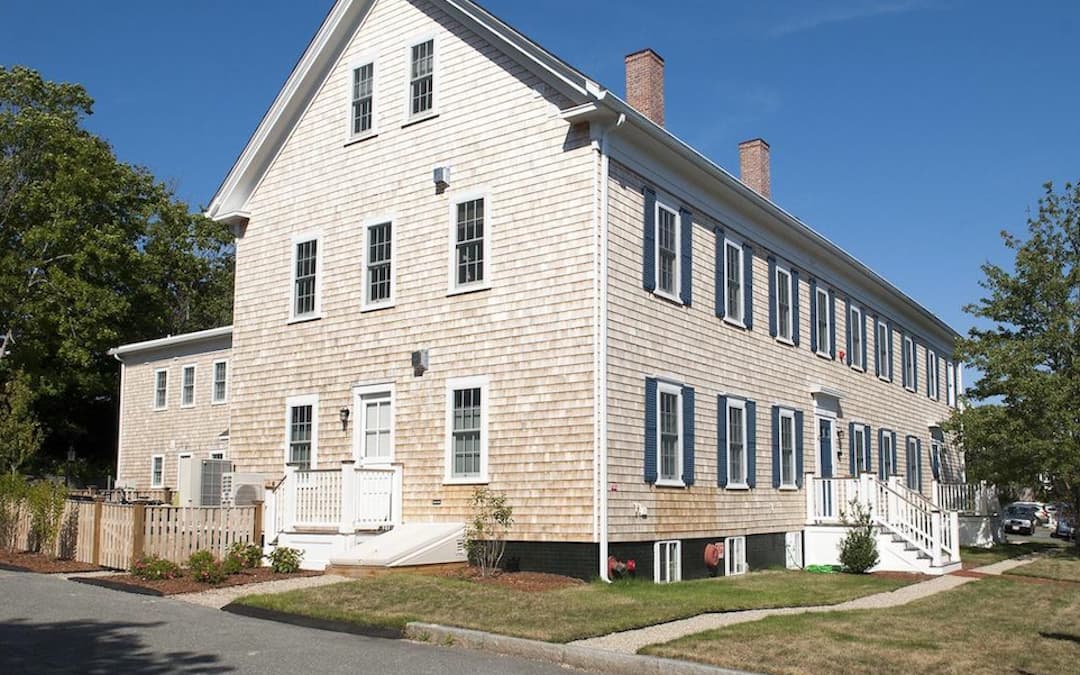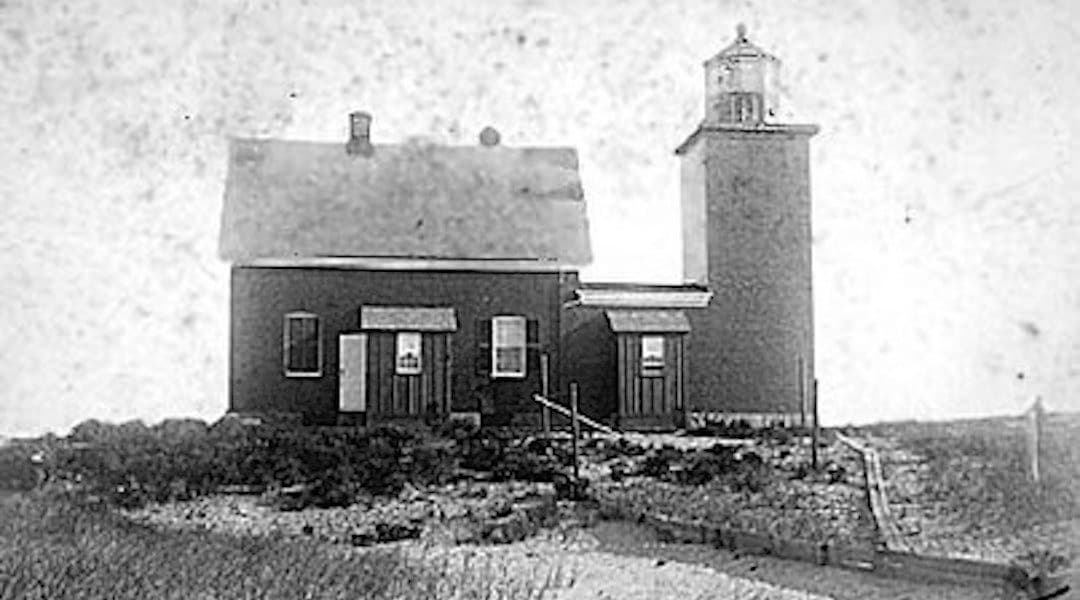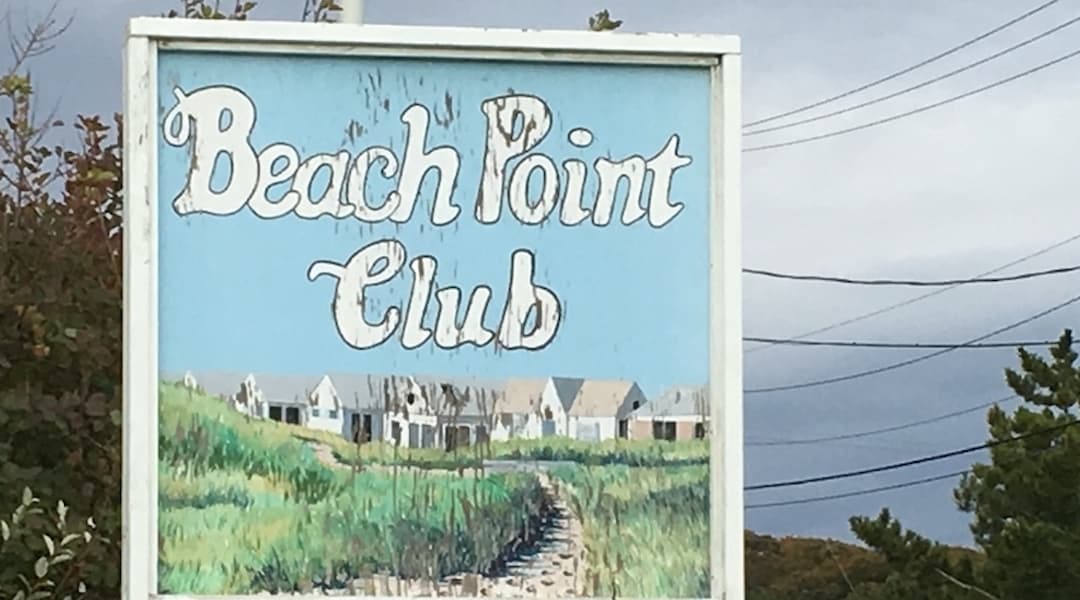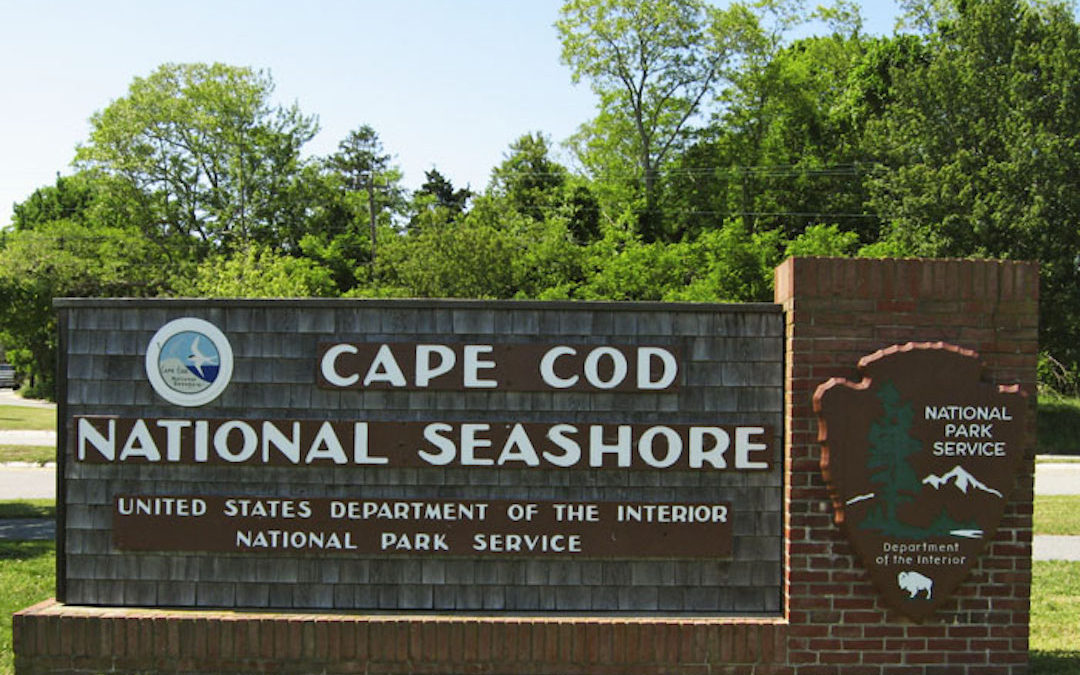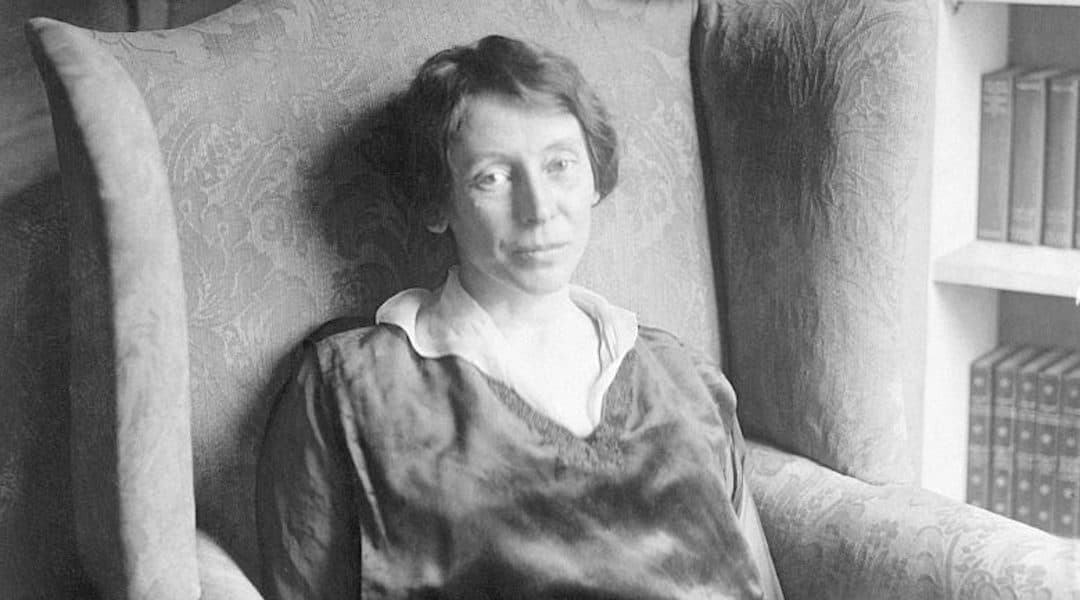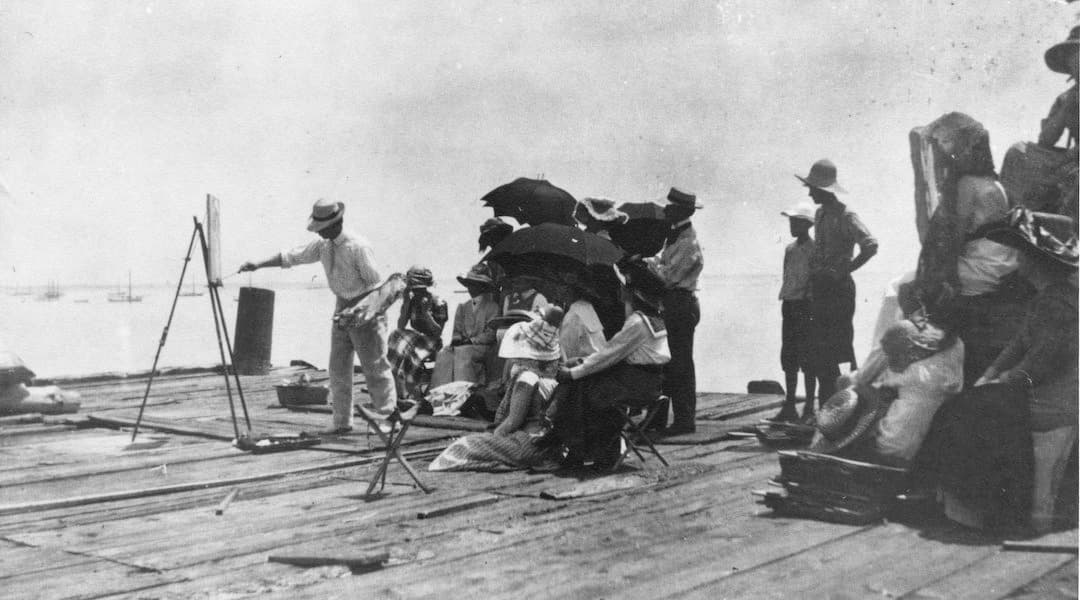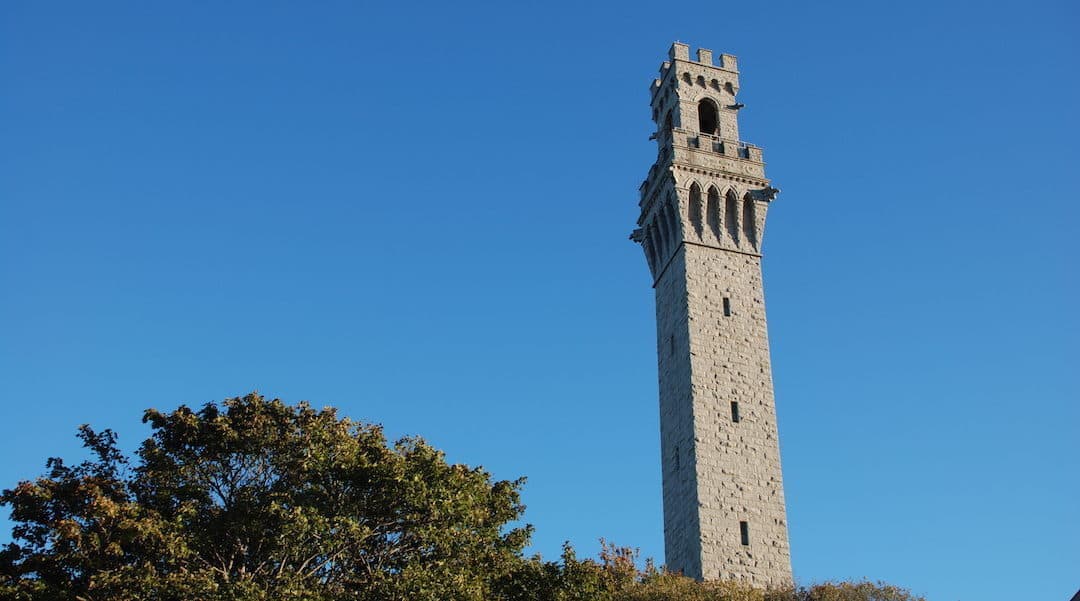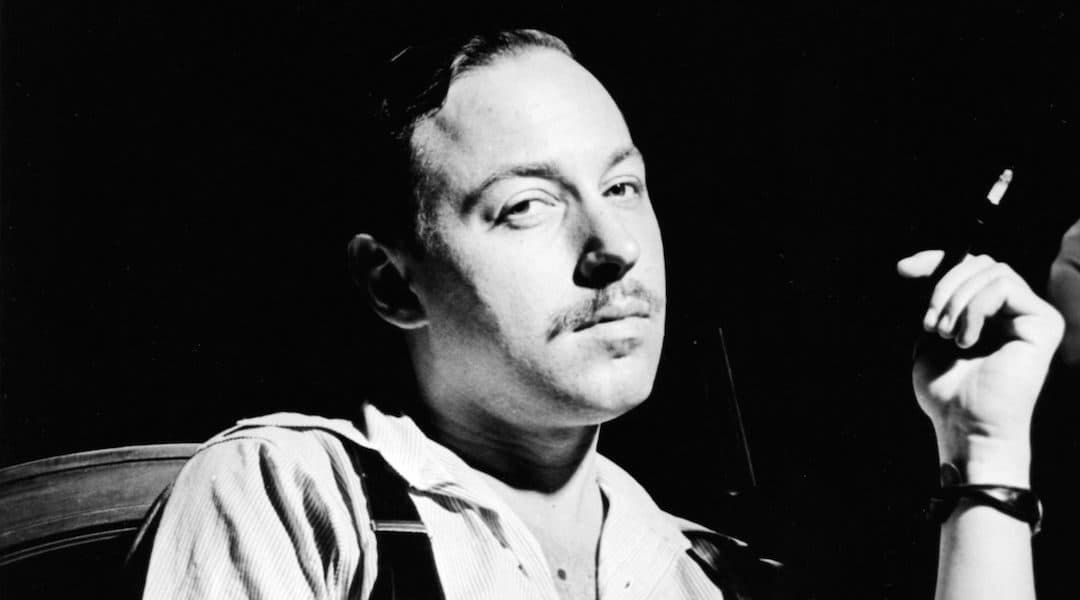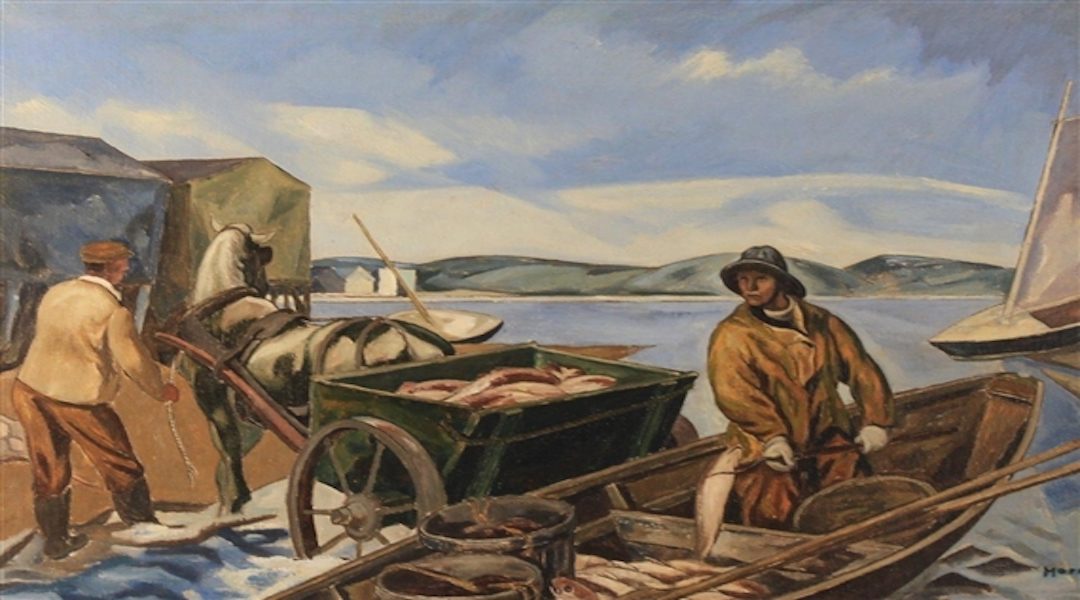
Provincetown History Snippets: What is the Ice House?
Anyone who passes the Ice House on Commercial Street in the East End, across from the Schoolhouse, knows how the condominium complex stands out on this residential area. When Provincetown was a major fishing port, fish had to be kept on ice for the journey to Boston or New York, and the waterfront was lined...

